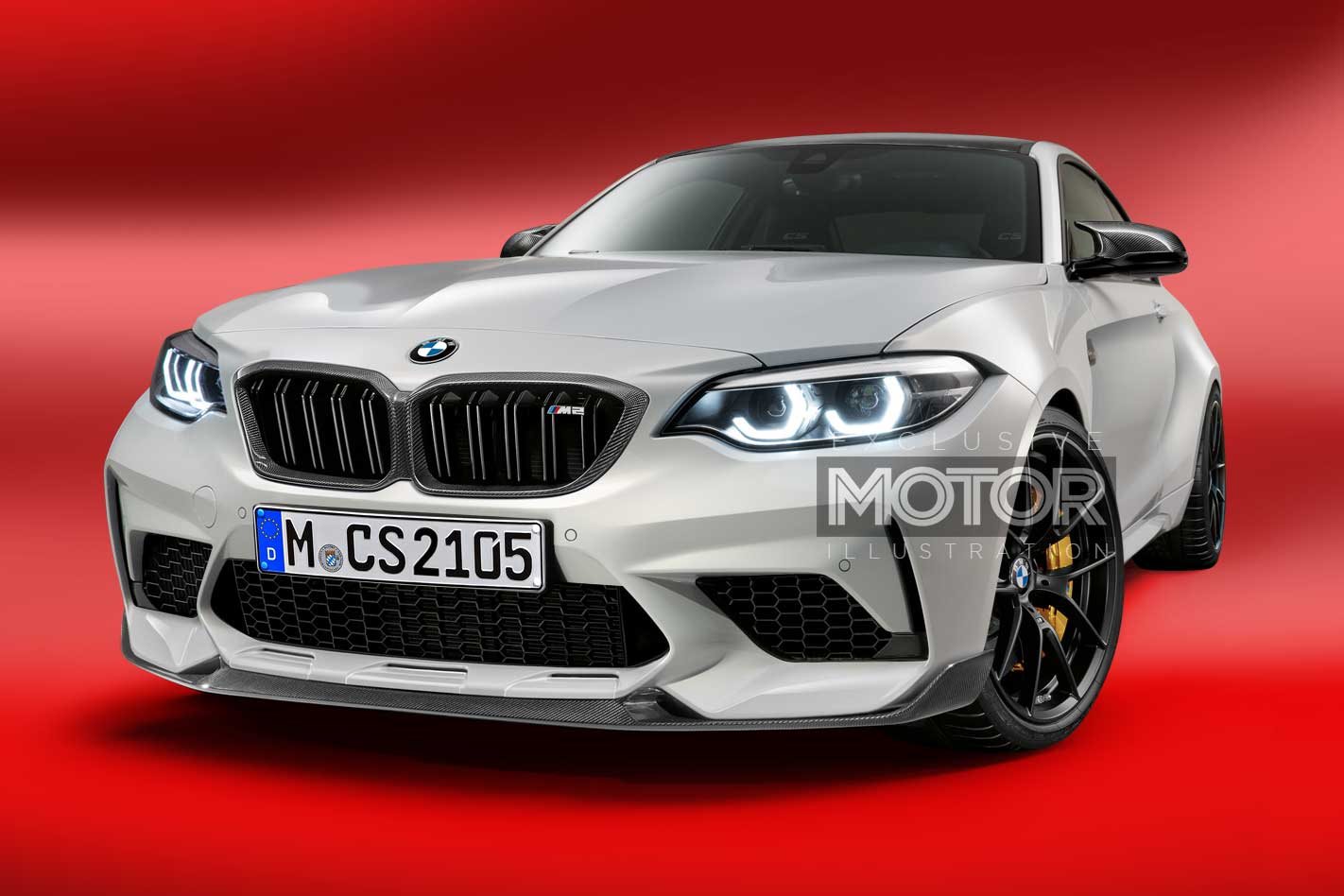BMW is set to unleash the full potential of its M2 coupe with a powered-up, kitted-out CS model.
With the F80 M3 now retired and its F82 M4 sibling soon to follow, M Division has been given free rein to fully exploit the mechanicals installed with the introduction of the M2 Competition. That car came within a whisker of knocking off the Porsche 911 GT2 RS in last year’s MOTOR Performance Car of the Year contest.
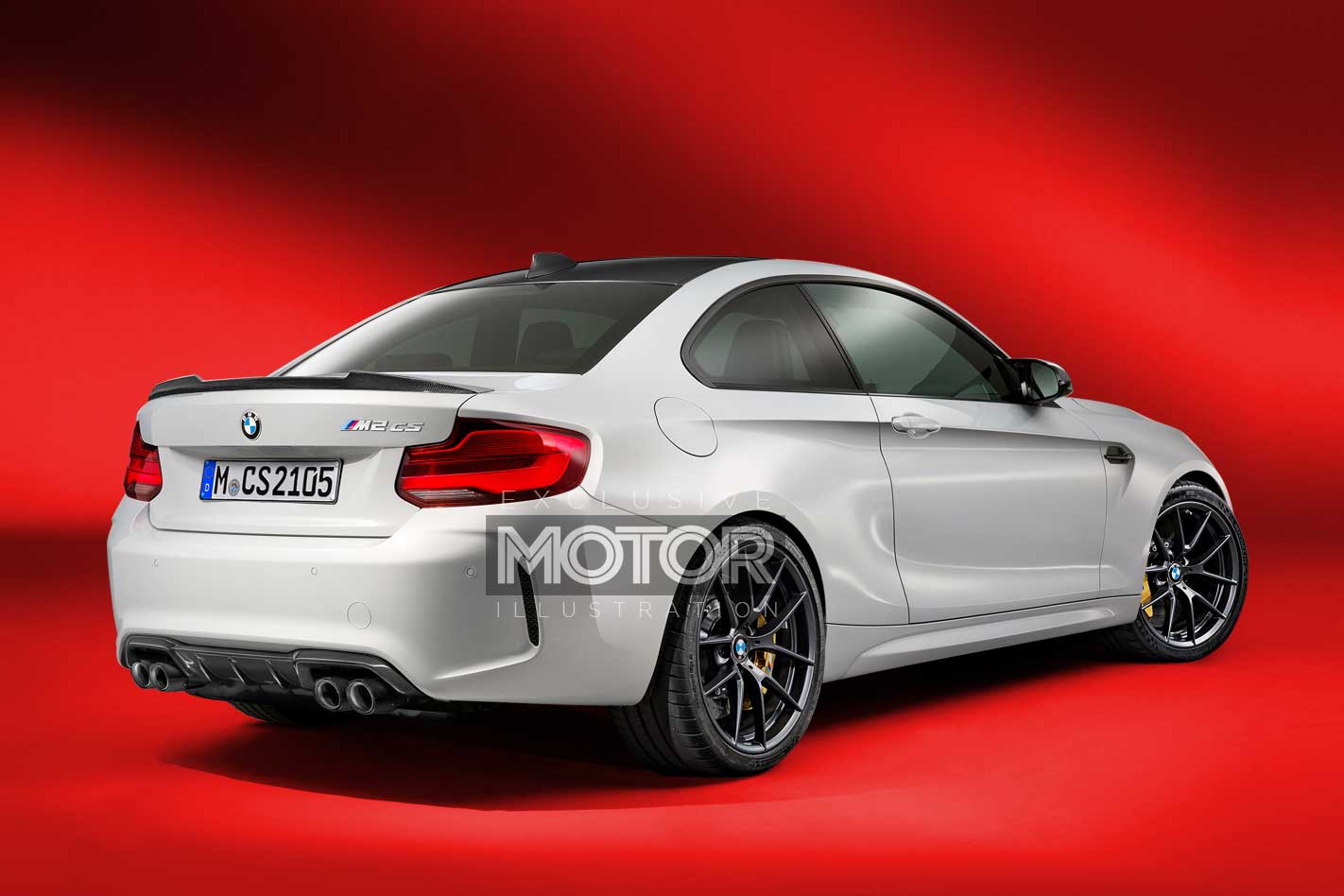
As you’d expect, BMW is keeping quiet on any official confirmation for now, but well-connected sources have dished enough dirt for us to build up an accurate picture of what to expect from this tyre-shredding twin-turbo two-door.
According to our best information, the M2 CS will be revealed in late 2019 and be produced for around 12 months as a last hurrah for the current-generation F87 M2 before attention turns to the new 2 Series Coupe, tentatively scheduled to appear in 2022.
The specification of the M2 CS is familiar from the Competition, but the details differ. Under the bonnet is the S55 3.0-litre twin-turbo six, but outputs are expected to swell to an M4-matching 331kW from 5550-6500rpm and 550Nm from 2350-5500rpm.
Compared to the M2 Competition, power increases by 29kW and while maximum torque remains the same, the peak extends by another 300rpm. The M2 CS will be the final home for the S55, as future six-cylinder M cars, including the recently revealed X3/X4 M and next-generation M3/M4, will use the latest S58 engine.
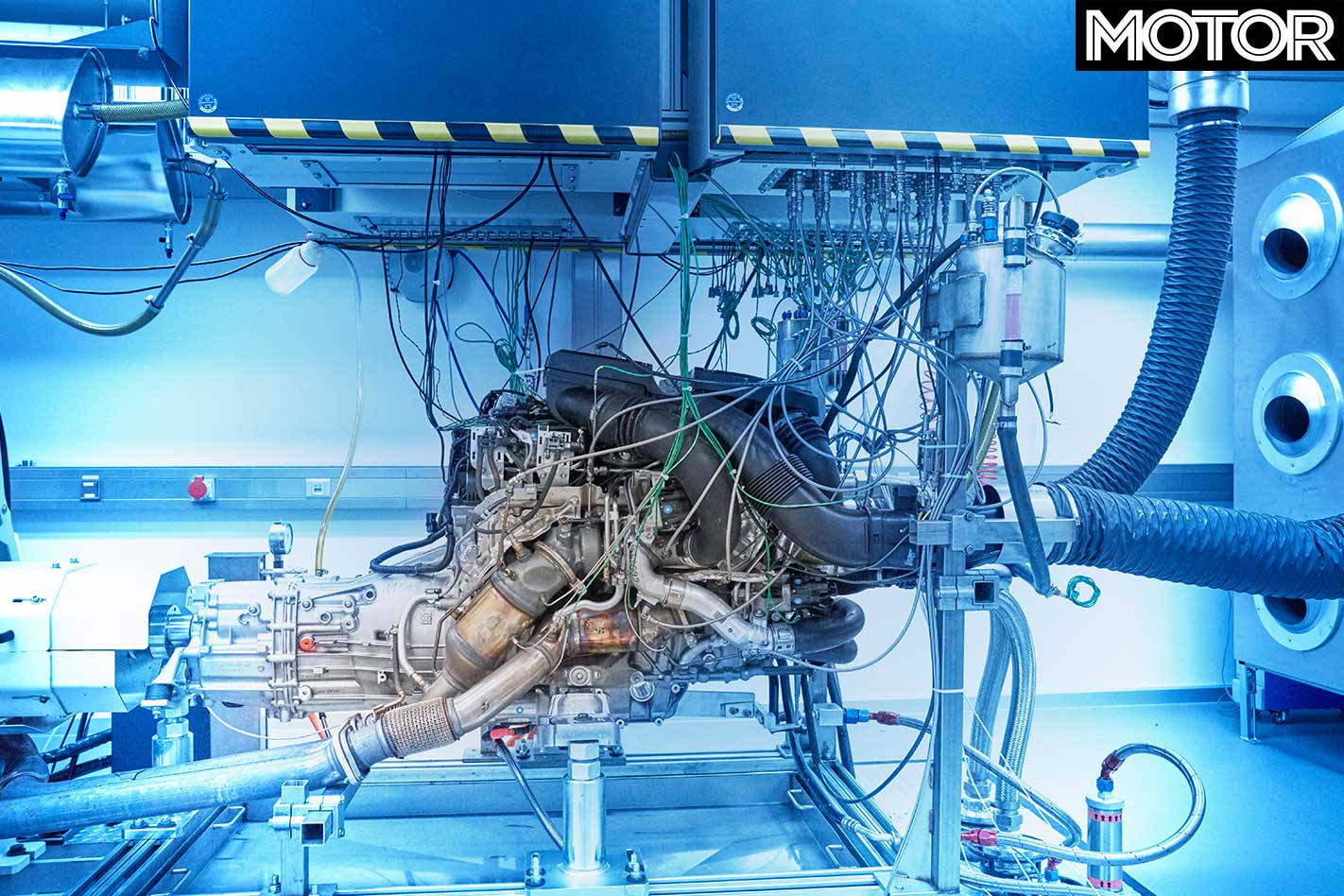
In a coup for hardcore enthusiasts, a choice of seven-speed dual-clutch or six-speed manual will be offered, though whether BMW Australia sees fit to offer both transmissions remains to be seen. Expect the CS to shave a couple of tenths off the Competition’s 0-100km/h claims of 4.4sec (manual) and 4.2sec (dual-clutch) while top speed will be limited to 250km/h, with the potential for a 280km/h V-max if the M Driver’s Package is optioned.
No major chassis updates are required as the Competition scored most of the M3/M4’s juicy bits, including a massive carbon fibre engine bay strut brace, forged aluminium control arms and wheel carriers, ball joints replacing rubber bushings and a rigidly mounted five-link rear axle.
Nonetheless, the addition of adaptive dampers should both soothe the Competition’s restless ride while also allowing for greater body control and sharper responses with the sportier drive modes selected. Apportioning the power to the rear wheels will be an electronically controlled limited-slip differential, capable of adjusting between zero and 100 per cent lock-up in just 150 milliseconds.
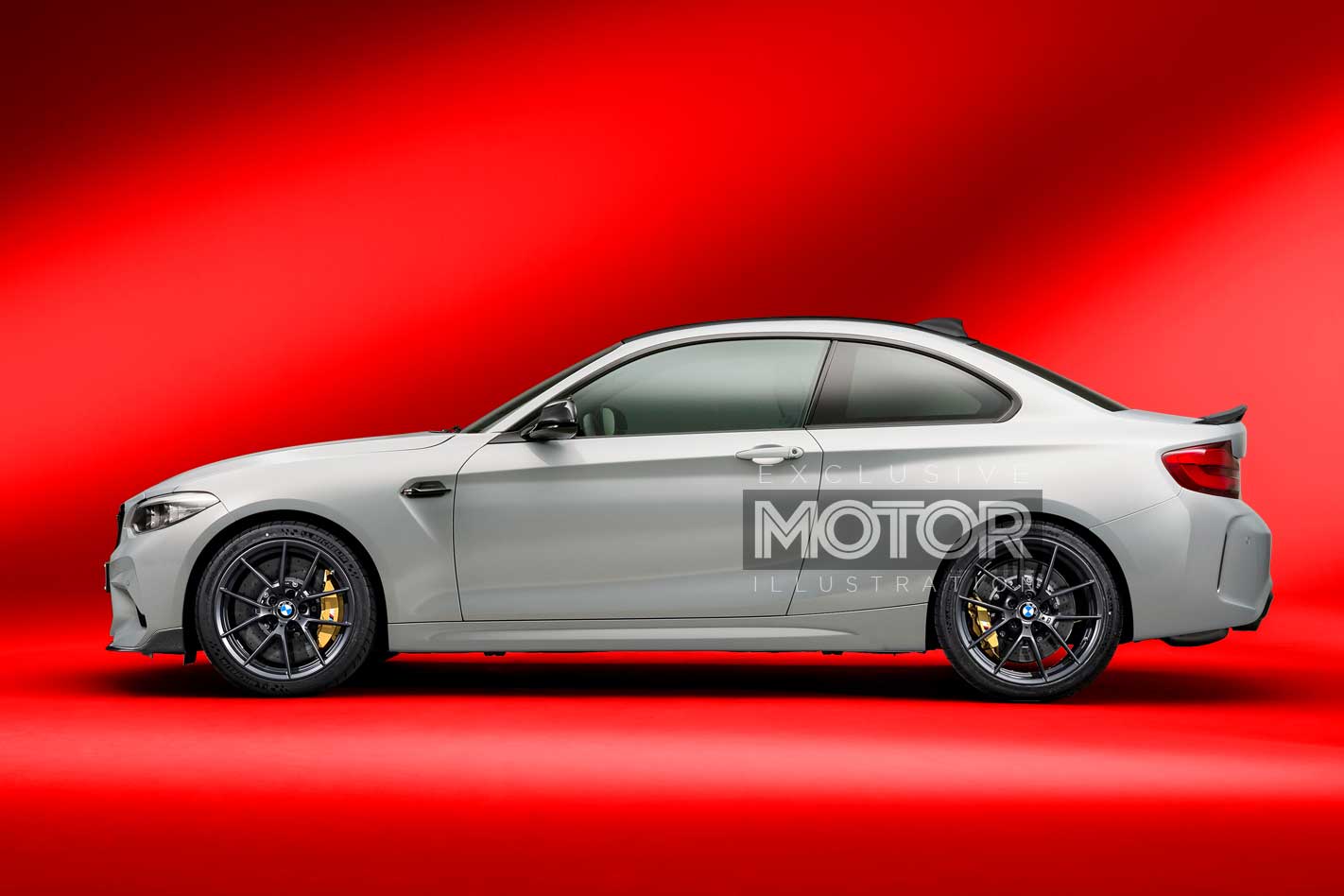
Wheels are expected to stay at 19 by 9.0-inch front and 19 by 10.0-inch rear wearing rubber measuring 245/35 and 265/35 respectively. Presumably these are the widest sizes that can be accommodated by the M2 platform without serious modification. The tyres themselves, however, will become sticky Michelin Pilot Sport Cup 2s, enhancing every aspect of the CS’s capabilities.
Stopping power in particular will be improved thanks to the option of carbon-ceramic brakes for the first time on an M2. With monster 400mm rotors and six-piston calipers up front, supported by 380mm rear rotors and four-piston calipers, it apes the specs of the Competition’s impressive optional M-Sport brakes but adds the heat resistance of carbon composite and reduces unsprung weight.
Further weight will possibly be shed by adopting a carbon-fibre roof. Prototypes have been spotted with and without, which suggests it may not be standard. If it does make the cut it will save around 6kg (based on M4 figure) and slightly lower the centre of gravity.
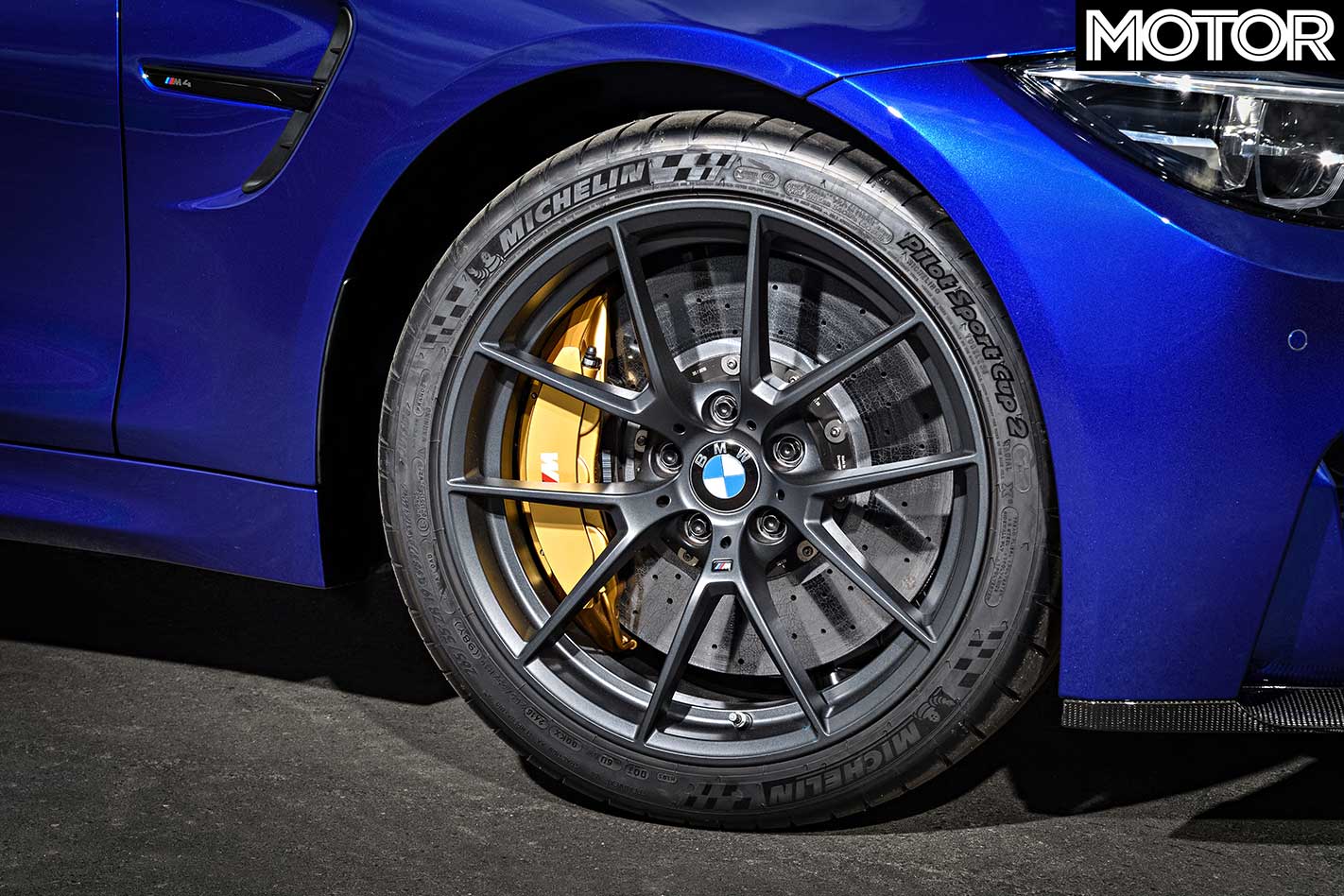
As can be seen in our exclusive computer-generated images, other exterior enhancements include a jutting front splitter, mini ducktail rear spoiler and heavily sculpted bonnet with power bulge, all of which look extremely similar to the parts already offered via the M Performance Parts catalogue.
While subtle, the upgrades give the M2 CS a bit of much-needed visual clout to go with its undoubted performance. A number of different wheel designs have been spotted on prototypes, but word is the production car will wear 763 M forged Y-spokes that have become something of a CS signature.
Another controversial CS signature has been the lightweight interior, consisting of a Spartan ‘lightweight’ centre console, single-zone climate control and, in the M4 CS, natural fibre door trims that eliminate virtually all storage space.
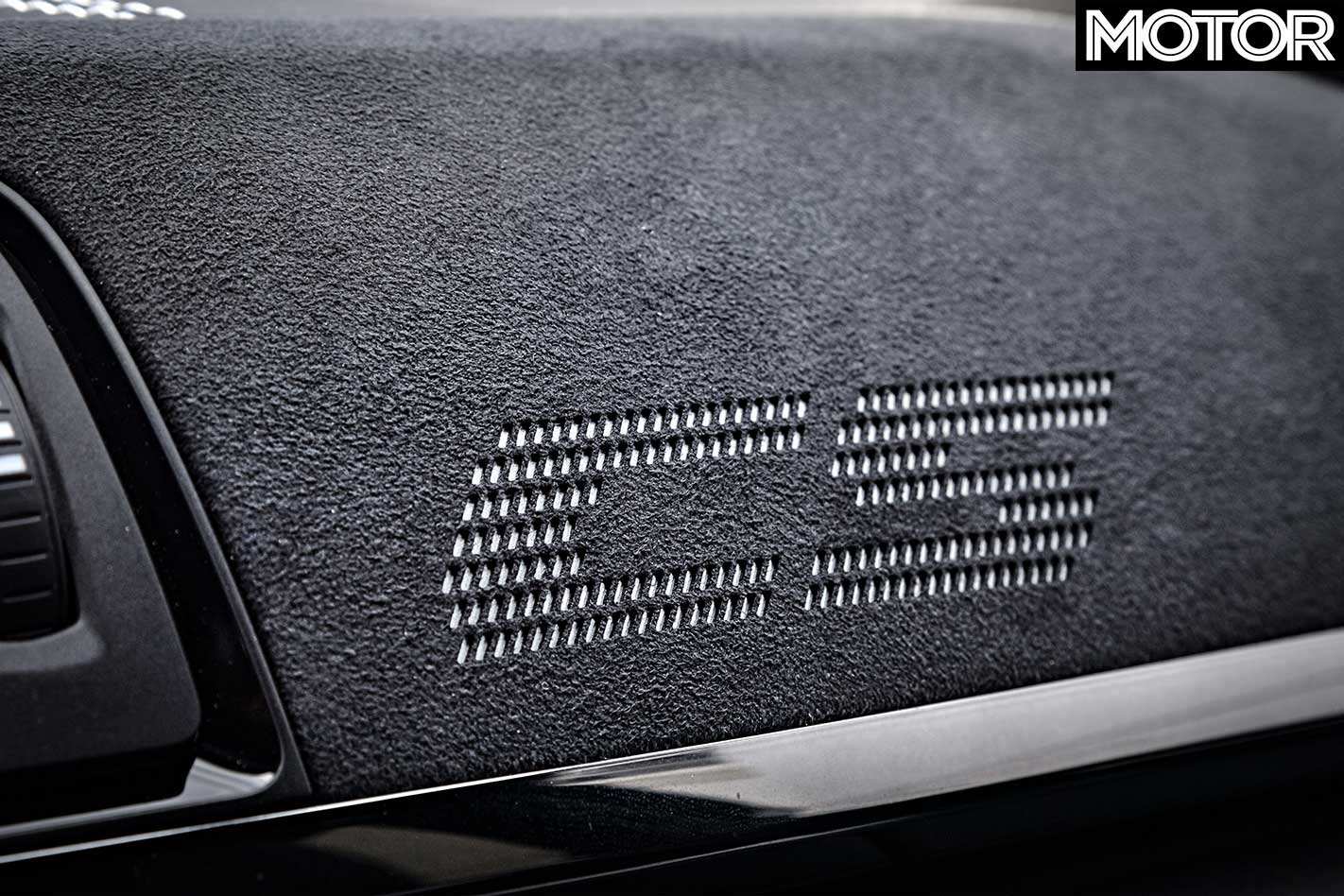
Current information suggests that the M2 CS will have unique interior trim, but all prototypes spotted have had standard M2 interiors, so it may be that any differentiation will be cosmetic in the form of Alcantara trim panels.
The biggest unknown, of course, is the price. The M3 and M4 CS carry a price premium of exactly $50,000 over their respective Pure variants, putting the M2 CS at $149,900. This would put BMW’s baby hottie smack bang in the middle of the M4 Pure ($139,529) and M4 Competition ($156,529) variants, so we’d expect to see the M2 CS occupy the space left by the departure of the M3 at around $125,000-$130,000, though this is pure speculation.
Nevertheless, the M2 Competition has been a revelation, elevating the already excellent M2 to the verge of greatness, offering a mix of performance and pure fun many thought BMW had forgotten how to offer. With more power, greater grip, a more flexible suspension setup and angrier looks, the M2 CS has the potential to be one of the most exciting performance cars of its era.
Where ‘2’ from here?

The BMW 2 Series line-up is about to get quite complicated. It was all planned: the next-generation G42 2 Series would share the FAAR platform with the upcoming F40 (yes, really) 1 Series. For the majority of models, that will indeed be the case, with the 2 Series Gran Coupe using three and four-cylinder engines in various states of tune to power either the front or all four wheels.
However, that would leave a sizeable rear-driven gap where the current 2 Series resides. Our best information is that a new rear-drive M2 will appear in late 2022, but whether it will use a new platform or a version of that used by the Z4 and Supra is still unclear.


